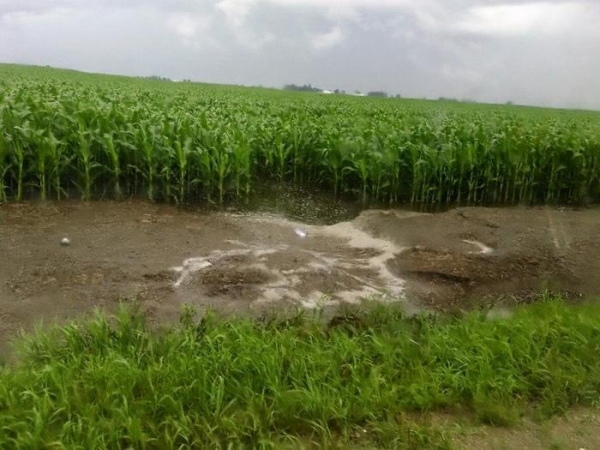Loss of phosphorus from agricultural lands is increasing due to heavier storms, potentially threatening crop growth, according to team led by researchers at Penn State.
Phosphorus, a nutrient in soil essential for sustaining most forms of life, is increasingly disappearing from land as it is washed into waterways throughout the United States, according to a new study led by researchers at Penn State.
The study, published today (Nov. 18) in the Proceedings of the National Academy of Sciences, analyzed data from 430 rivers across the U.S. and found that phosphorus loss from agricultural lands has increased over the past four decades, despite efforts to reduce it. This loss of phosphorus can potentially lead to decreased crop yields, which could drive up the cost of food, the researchers explained.
“We’ve seen from recent weather events that water quantity, the amount of water that storms and waterways carry, can lead to dangerous flooding and mudslides,” said Li Li, professor of civil and environmental engineering at Penn State and corresponding author on the study. “What we wanted to understand is what happens to the land when these storms pull the subsurface of the soil into rivers and streams. What we found is an alarming loss of this finite element that lets soil sustain life.”
Read more at Penn State
Image: A Penn State-led study analyzed data from 430 rivers across the U.S. and found that phosphorus loss from agricultural lands has increased over the past four decades, despite efforts to reduce it. This loss of phosphorus can potentially lead to decreased crop yields, which can possibly drive up the cost of food, the researchers explained. (Credit: Tyler Groh/Penn State)
Sci/Tech Agriculture Climate Pollution Top Stories
